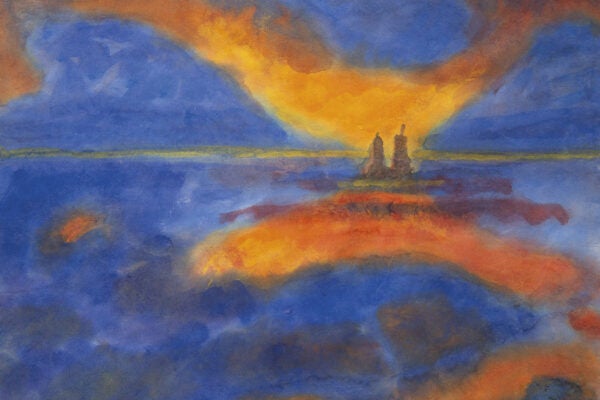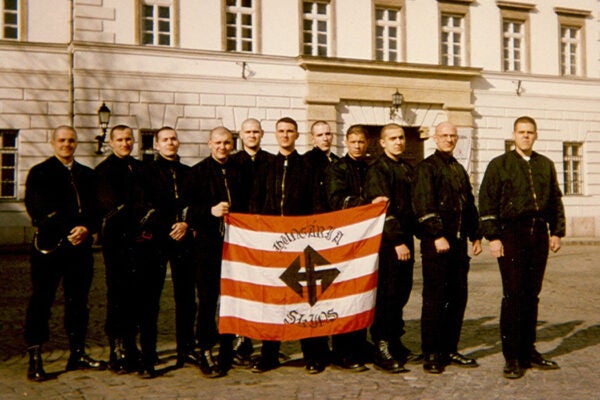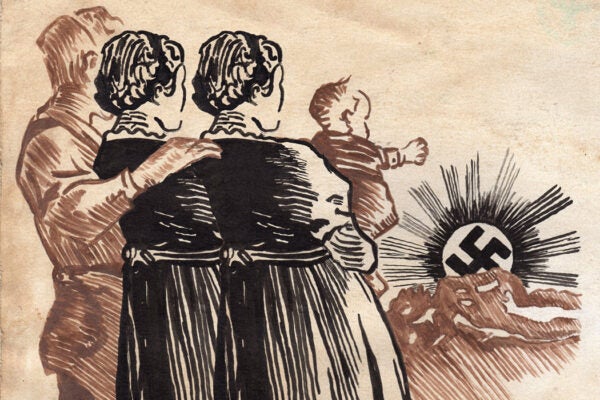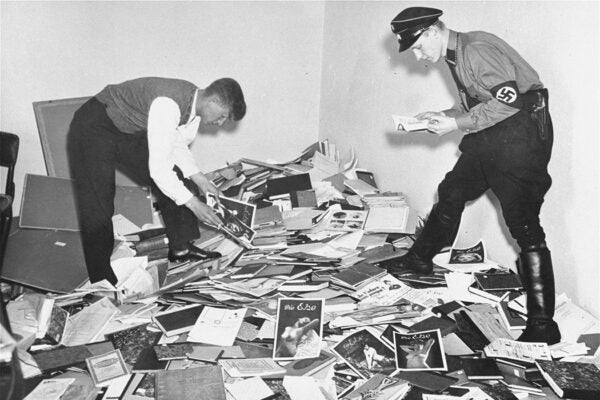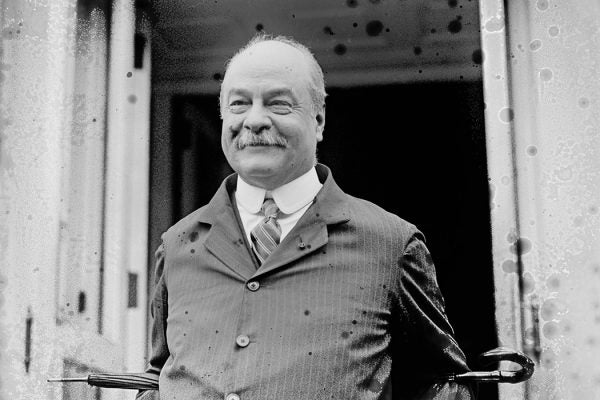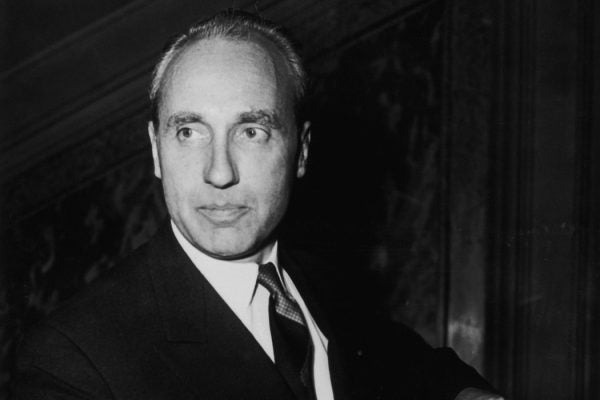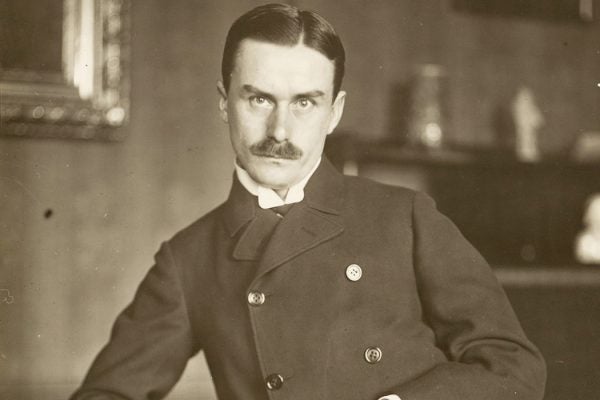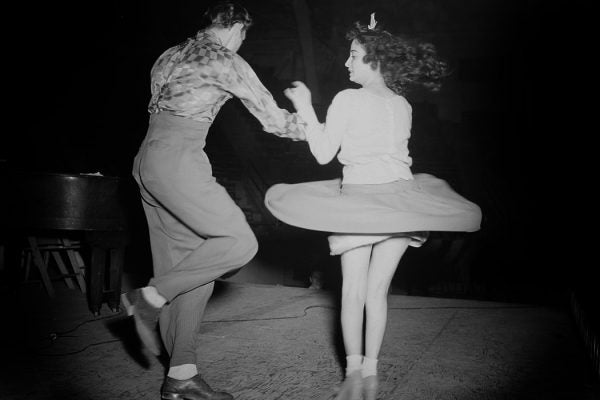“Border Science” vs. Commercial Occultism: A Nazi Debate
Occultism was widely embraced under the Third Reich, complicating Nazi attempts to wield it as a weapon against internationalism and other undesirable ideologies.
How a Postwar German Literary Classic Helped Eclipse Painter Emil Nolde’s Relationship to Nazism
While Nolde was one of the many victims of the Third Reich’s repressive responses to “degenerate art,” he was also one of Nazism’s great admirers.
How Hungary’s Hard Rock Became Hard Right
Punk and hard rock—or at least extremist, right-wing versions of them—are alive and well in post-Cold War Hungary.
Portrait of a Nazi Bigamist
Otto M was a university researcher who was both an enthusiastic Nazi and a bigamist, openly married to two women.
Lady with an Ermine Meets Nazi Art Thief Hans Frank
Leonardo da Vinci’s famous painting bore witness to the administrative acts that enabled the crimes committed against Polish Jews during World War II.
90 Years On: The Destruction of the Institute of Sexual Science
In May 1933, Nazi-led student groups organized public burnings of "un-German" books, including those held in the library of the Institute for Sexual Science.
Silence in the Face of Intellectual Conflagration
Columbia University President Nicholas Murray Butler's actions (and inaction) towards Nazi Germany spoke loudly, while he said nothing.
The “Stone Face” of Racism
On October 17, 1961, Parisian police attacked a group of Algerians. The event would be lost to French history until a Nazi collaborator was exposed.
How Thomas Mann Turned against the German Right
The best-selling author supported the Kaiser during World War I. What made him change his mind about politics later?
Germany’s Real-Life “Swing Kids”
Rebellious teenagers thumbed their noses at Hitler with jazz music, wild dancing, and the greeting “Swing Heil.” But how serious was their resistance?

